How to maintain windows and doors in period homes
It’s essential to maintain original windows and doors, so follow this step-by-step advice to keep yours in good condition
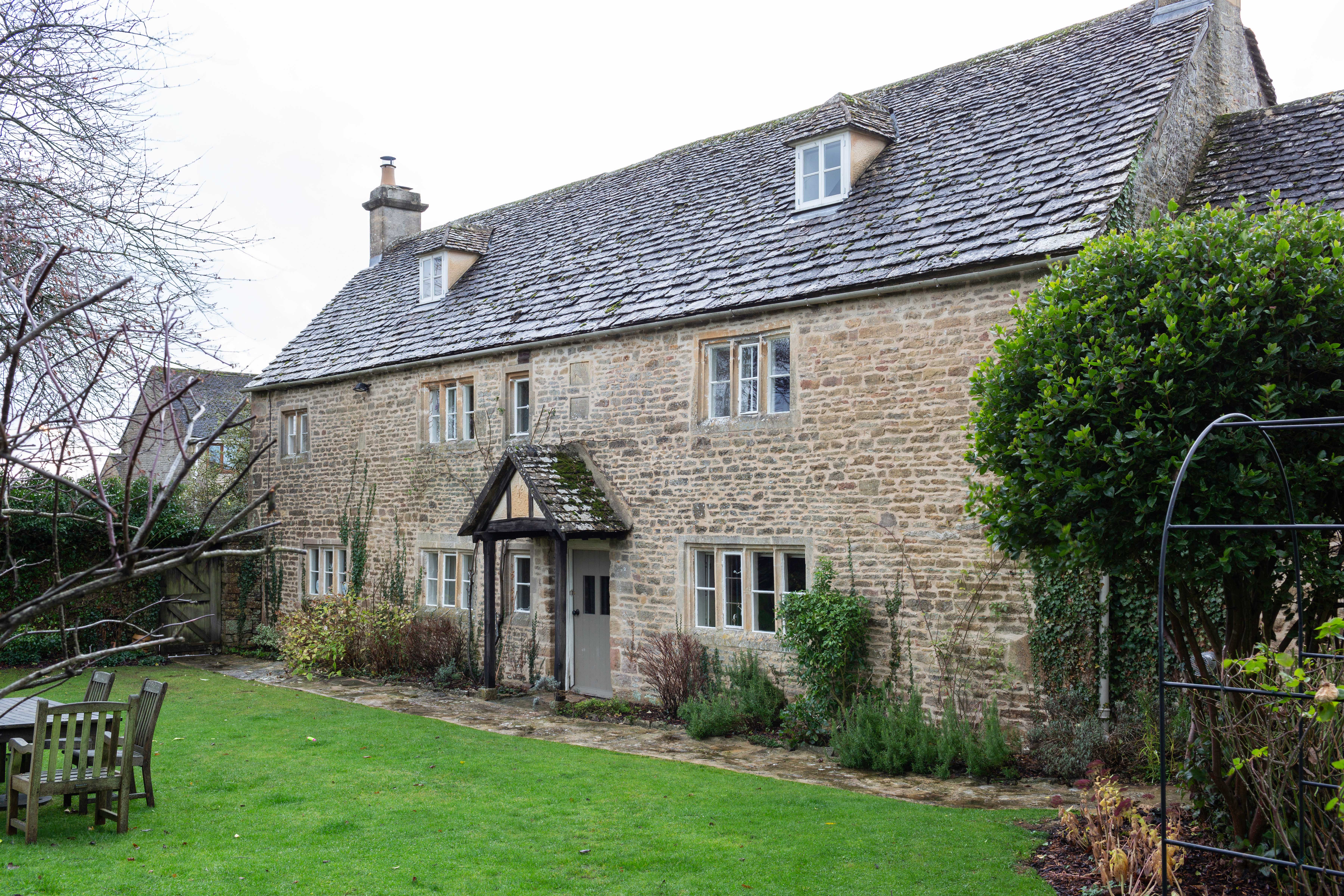
When it comes to maintaining period windows and doors, it's worth remembering that repairing tends to be far cheaper than replacing. With timber frame windows and doors, it can often be as easy as a lick of paint or replacing a sash cord; for metal windows the major issues lie with rust and faulty fittings; and for leaded windows, it's often about specialist repairs.
Think that your old windows and doors might be in need of some TLC? Follow these expert tips to ensure they aren't getting neglected – and check out our dedicated windows and doors pages for all things related.
Checking windows and doors for problems
The first and most simple rule of maintaining windows and doors is to inspect them regularly, both inside and out and, as soon as they show signs of needing it, giving them a coat of paint.
Preparation is important so make sure all surfaces are sound and any loose paint has been removed, but be careful when using hot air guns to strip paint as the heat can easily crack glass.
Check for rot and infestation, and that all joints are firm. If the corner of a window needs strengthening, a simple solution is to use a metal angle bracket.
Replace missing or defective putty in windows with traditional linseed oil putty, again taking care not to damage the glass.
Replace glass in sash windows: it needs to be of the same thickness and weight as the original, otherwise the sash will have to be rebalanced. Original panes with just a small crack across the corner are unlikely to cause problems.
Get small space home decor ideas, celeb inspiration, DIY tips and more, straight to your inbox!
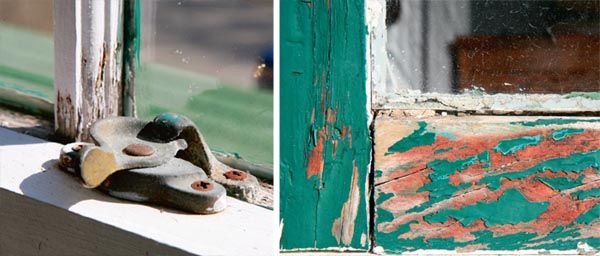
Rattling sashes can be drawn tighter together with a cam action fastener.
Sticking windows may be caused by overpainting, swollen or distorted frames, loose joints or seized sash pulleys. Tallow or beeswax applied to the edges of sashes may help them to run while oil will ease pulleys.
If windows or doors are sticking, beware of planing the edges, especially in damp weather, because the problem may be due to swollen wood. Other possible reasons include structural movement, shrinkage or a failed lintel.
Broken or fraying sash cords should be replaced and this is relatively easy to do from inside. Always repair both cords on each sash and ensure the new cord is strong enough for the weight of the window.
Damaged, worn or loose hinges: ensure hinges are not binding and, where necessary, oil or adjust them. At the same time, check that locks and other ironmongery is in working order.
Remove doors from their hinges for painting to enable all edges to be properly primed and finished, including the bottom and the letter plate opening. This helps to minimise moisture penetration and swelling.
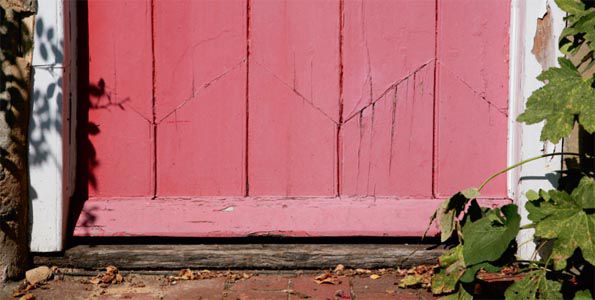
Maintaining timber doors and windows
Many original doors have survived because the pine used to make them before the Second World War was slow grown, resulting in highly durable timber. A variety of different hardwoods were also used, including oak and mahogany. Internally, softwoods were occasionally ‘grained’ to resemble hardwood.
Find out how to maintain and repair timber windows in our dedicated guide.
Maintaining and restoring metal doors and windows
Potential problems include the fracturing of cast iron because of impact or casting flaws, and the distortion of wrought iron or mild steel following forcible closure of casements where there is paint build-up.
Use our expert guide to maintaining your metal windows for lots more information.
Caring for and repairing leaded windows and doors
Leaded lights can last for hundreds of years with only minimal care. Loose or leaking glass may be re-sealed within the leadwork using glazier’s putty – a mixture of linseed oil, whiting and white cement. Broken or cracked glass can be replaced on a small scale by bending back the flanges of the cames to insert new pieces, and re-sealing. Sometimes lead or copper strips are used instead, to repair cracked glass in leaded lights.
For much more information, see our guide to maintaining and restoring leaded light windows.
More materials used in windows and doors
Veneer: A thin decorative layer of hardwood was sometimes applied to flush panelled internal doors, especially in the 1920s and 1930s when it fitted well with the Art Deco look.
Glass: Clear and coloured glass was often used in Victorian doors within an upper panel or in separate panels or ‘side lights’ to either side. In internal doors, glass helped provide light between rooms.
Careful repairs, regular maintenance and measures to improve thermal efficiency by reducing draughts can help ensure original doors serve well into the future.
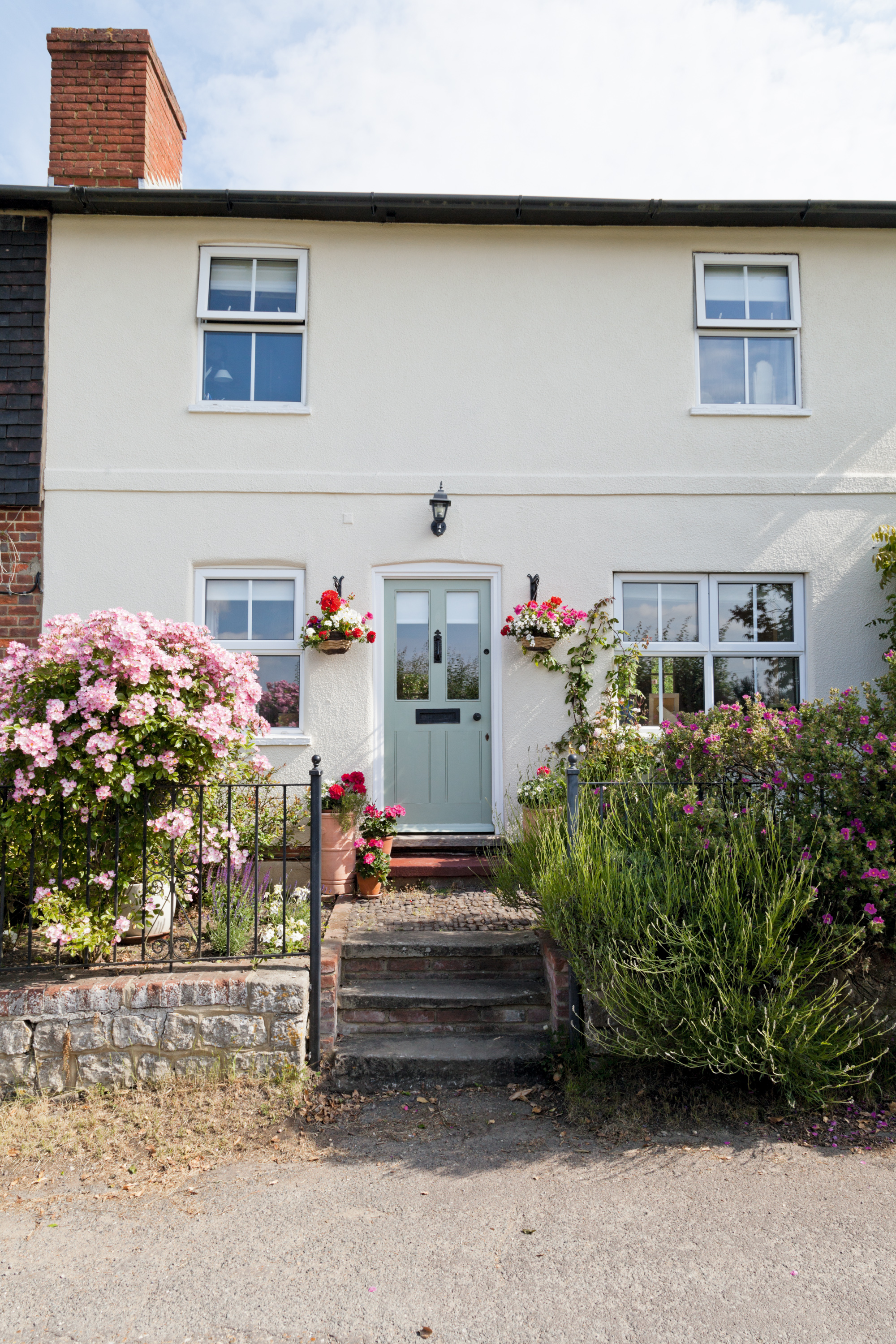
Often the first impression of our home to the outside world, a well-maintained front door is a must, like the front door on this pretty Victorian cottage
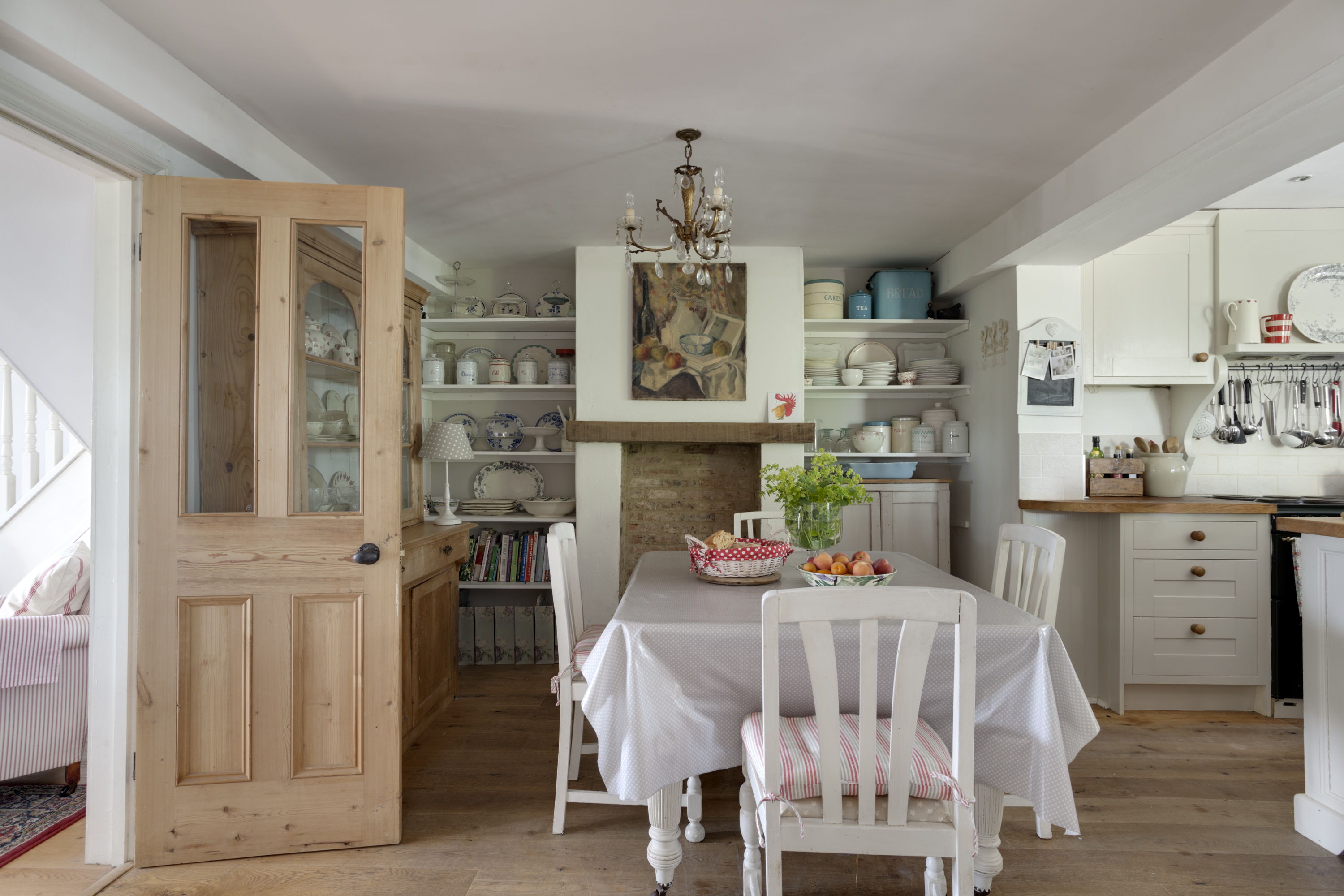
General repairs
Repairs to doors, door frames and door cases should be made on a like-for-like basis using matching materials and construction techniques.
Action:
- Use the point of a penknife to locate areas of rotten wood, paying particular attention to the bottom of the door and frame
- Cut out decayed or damaged areas and joint or patch in new timber
- Glue loose joints with an exterior-grade adhesive
- Overhaul items such as hinges and latches
- Use brass or stainless-steel screws
- For complicated repairs employ a good joiner

Choosing a front door that fits the age of your home is important for an authentic look. The front door on this Georgian home is both era-appropriate and welcoming
Check the condition of sills and the bottoms of sash boxes for rot. Sills may often be repaired by cutting the rotten face back to sound wood and then screwing on a new piece. There should be a drip groove on the underside of the sill.
Problems with metal windows include rust, distortion, paint build-up and failed hinges and fittings. Use wire brushes to clean off rust and then prime as soon as possible. Specialist steel window companies or, in the case of wrought iron windows, blacksmiths can make repairs.
Painting doors and windows
Doors are easily scuffed and knocked, while windows tend to need regular maintenance, at least outside to keep them in good condition. Touching up the odd scrape can help, but external doors and should be repainted every three to five years.
Action:
- Prepare all surfaces carefully, making sure they are sound and any loose paint has been removed;
- Ensure the door’s bottom and other areas of bare timber, such as within the letter plate opening, are thoroughly primed and painted to minimise moisture penetration that could cause swelling;
- Where major renovation is required, external doors are best taken off their hinges to enable all edges to be reached; find out how to paint doors in our step by step guide.
- Hardwood internal doors may be treated with beeswax polish if appropriate;
- After new heating systems have been installed, allow doors to acclimatise before painting;
- Find out how to paint timber windows in our step by step guide.

Maintaining original features is often important for those who own period homes. In this renovated Victorian semi, the door, floor and panelling are all original
Combatting draughts and heat loss around doors and windows
While overhauling doors and windows, it is worth draughtproofing them at the same time. As well as the various DIY solutions available, specialist window repair companies can install inconspicuous but effective ‘brush’ strips in grooves routed out along the edges of the sashes. A special silicone system is available for draughtproofing metal windows.
Energy-efficiency measures to avoid draughts and heat loss should be considered with external doors.
Action:
- Add draught strips to the edges and top of the door or around the frame;
- When overhauling doors, install draught strips into the bottom edge;
- Use a movable ‘sausage’ draught excluder made of fabric that can be laid at the bottom of doors;
- Install portiere rods with curtains on doors;
- Consider installing aerogel insulation faced with plywood within the internal panel; recesses of thinly panelled external doors;
- Disguise the panel edges with timber beading;
- Check that letter plates are secure. Fit weighted fabric or a wooden flap over the inside of the opening to minimise draughts;
- Fit escutcheon plates with covers over keyholes inside and out.
Find out more about insulating your home with our dedicated guide.
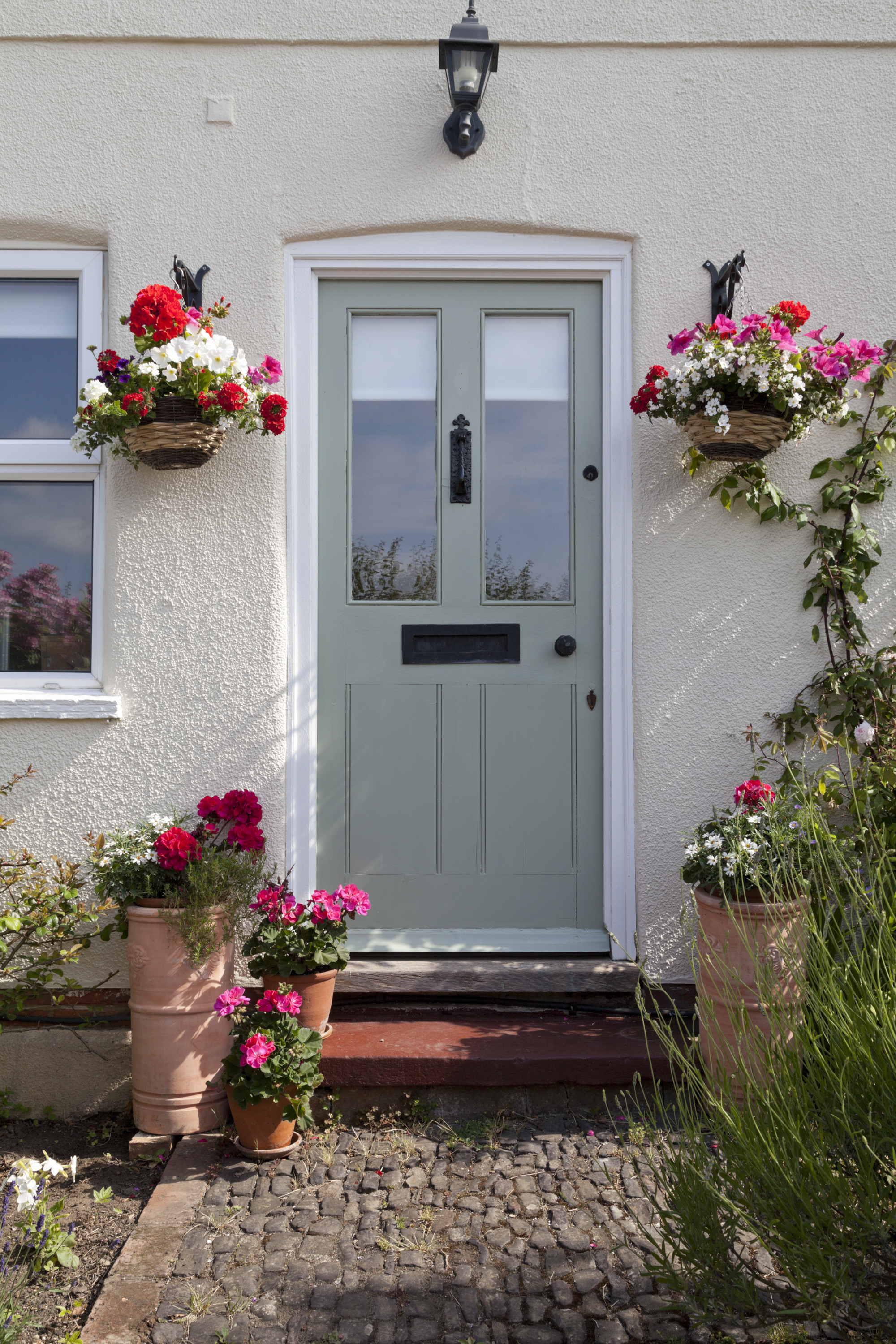
Exterior doors should be repainted every three to five years to keep them looking in top condition
Stripping paint from doors and windows
Paint layers built up over years cause detail to be lost or chipping to occur. However, removing paint can be time consuming and may reveal defects such as past repairs, rot and beetle attack.
Paint can be carefully removed with a scraper and liquid or paste strippers. Hot air guns are another option, but be careful not to scorch the wood or allow the heat to crack any glass within the door.
Think before having doors commercially stripped by dipping in hot, caustic baths as this can result in shrinkage and distortion and may loosen joints and raise the grain of the timber.
Contacts
- Arc Reclamation - large stock of period doors
- Deacon & Sandys - bespoke oak doors
- Georgian Group - advice leaflet on doors
- Jim Lawrence – portiere rods
- Liberon - waxes and polishing products
- Proctor Group - aerogel insulation
- Reddiseals - supply draughtproofing seals
- Strippers Paint Removers - manufacturer of specialist paint removers
- Victorian Society - useful booklet on doors